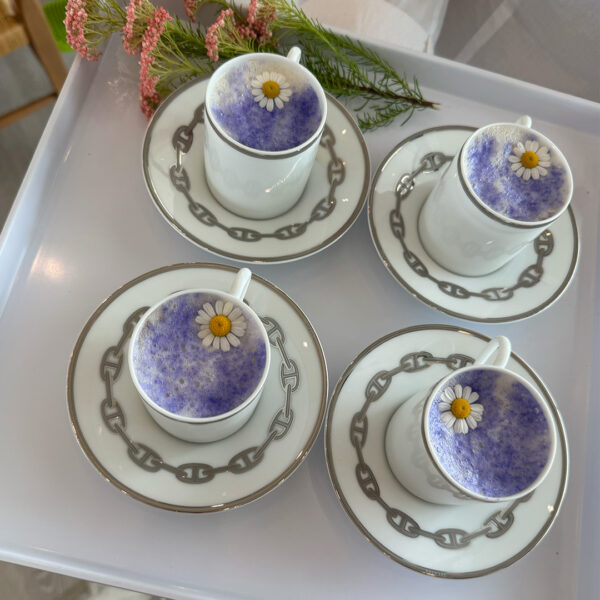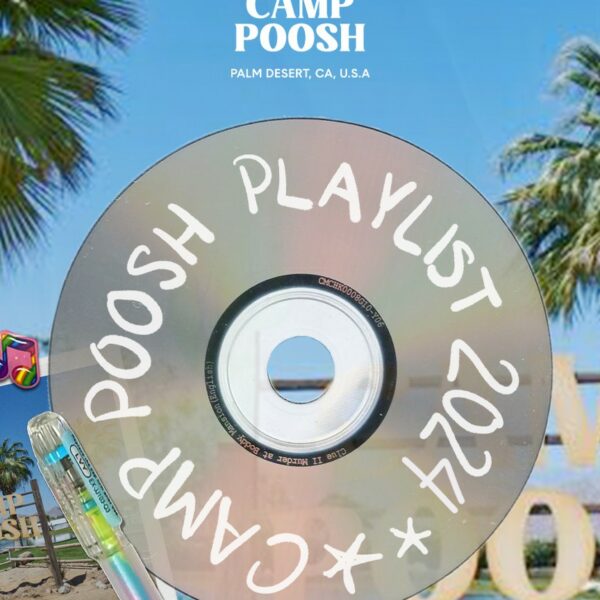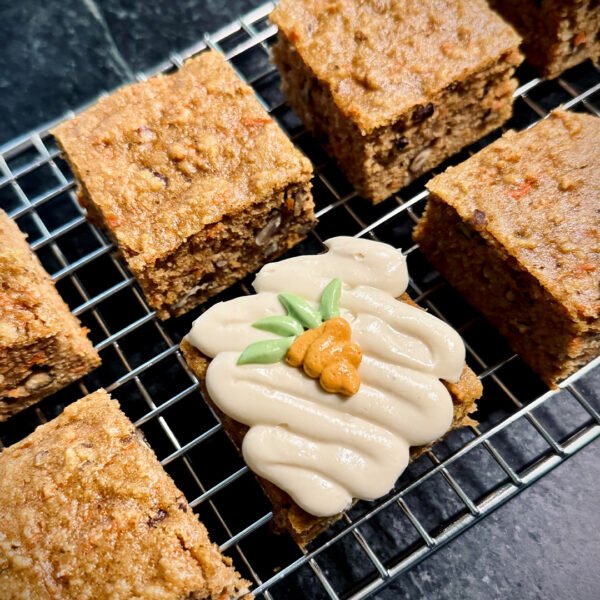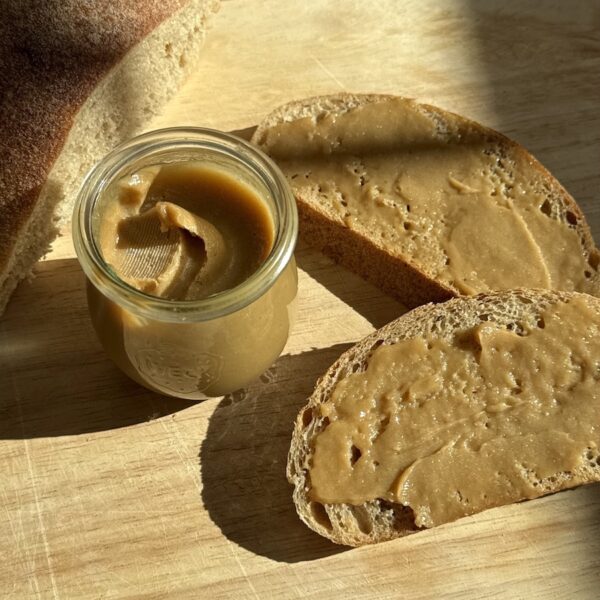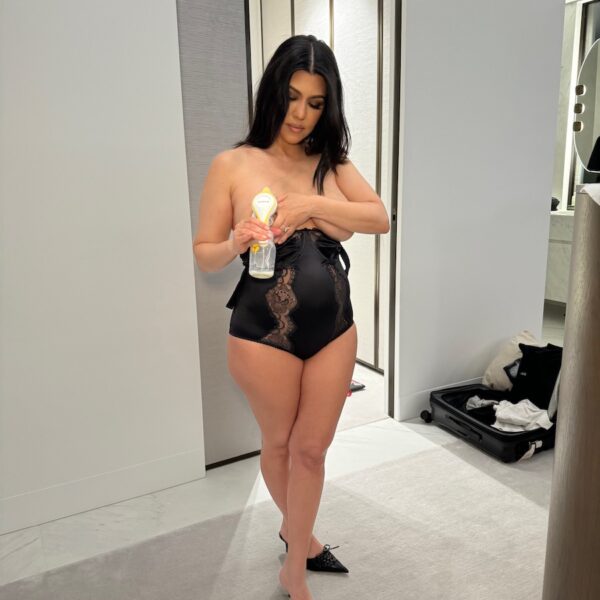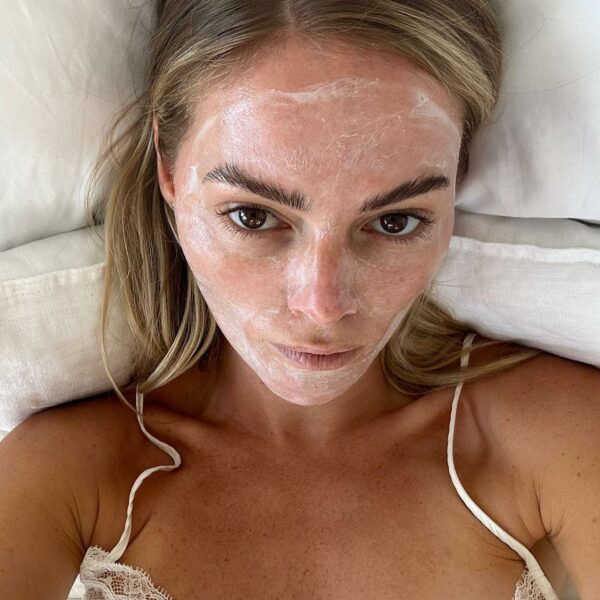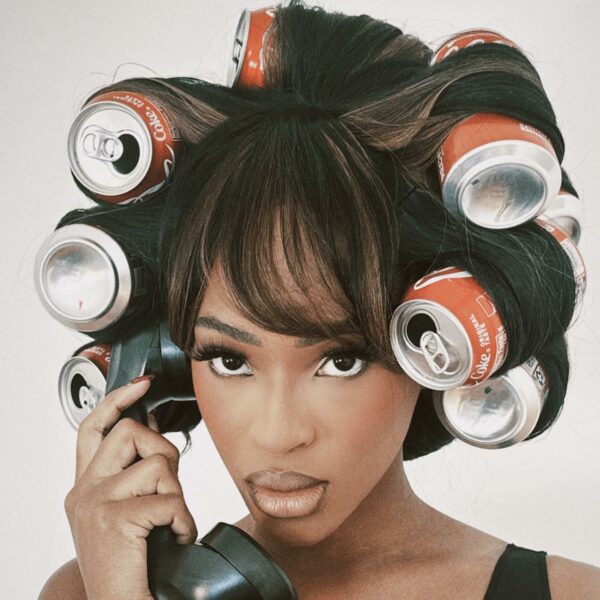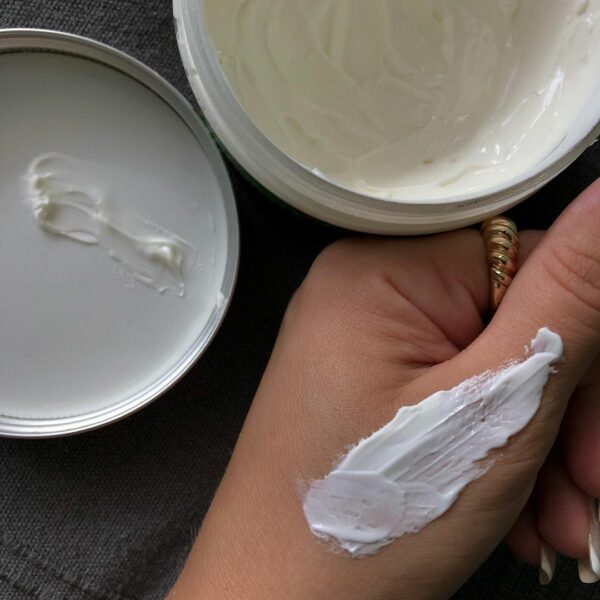Oil cleansing may be an ancient practice dating back to Traditional Chinese Medicine and Ayurveda some 2,000 years ago and counting, but it’s really hitting its stride lately. Not only is it more commonly accepted, but it is recommended, either alone or as the first step in a two-step double-cleanse process.
Oil cleansing may sound counterintuitive—what? We’re going to purposely slather a copious amount of oil on our dry face that is currently coated in SPF and makeup? Sounds like a recipe for an insane breakout.
However, instead of clogging our pores, it does just the opposite. It helps to break down that stubborn, sticky SPF residue (especially if we are using cleaner, physical barrier sunscreens such as zinc-based formulas) and makeup that was designed to last. Oil cleansing can dissolve grit from the environment, as well as excess sebum that causes blackheads and filaments in our T-zone.
The buzzy, efficacious status of oil cleansing has earned oils and oil cleansers a proud front seat on our shopping lists and in our medicine cabinets. The issue is the similar confliction we face when looking to buy any beauty product … which one?
The skincare industry is vast and intimidating, and no two ingredients are really built the same. While some people can reach for any cleanser and be fine, others have sensitive reactions to some ingredients in cleansers, and oils are no exception. In fact, some people have terrible reactions to certain types of natural oils. Think rashes, breakouts, dryness, and irritation, or just terrible congestion. That’s why we are sharing some of our favorite oil cleansers and breaking down who they may be best for, and why.
Up next, be the first to know our weekly content and sign up for our Poosh newsletter.














